With a strong and modern firepower system, the enemy caused many difficulties for our troops in the Dien Bien Phu campaign in the early stages. The system of bunkers, solid fortifications and machine guns helped the enemy to hold out and cause many casualties to the approaching liberation units. And then, our trench system was quickly deployed day and night, gradually tightening to the battlefields, like pincers, nooses strangling the "throat" of the enemy...
 Veteran Pham Ba Mieu - squad leader who participated in digging trenches and fighting in the Dien Bien Phu battle told the story to Thanh Hoa Newspaper reporter.
Veteran Pham Ba Mieu - squad leader who participated in digging trenches and fighting in the Dien Bien Phu battle told the story to Thanh Hoa Newspaper reporter.
As the 70th anniversary of Dien Bien Phu victory approaches, Thanh Hoa Newspaper reporters continue to return to the old hot spot. Recording from artillery positions, hills where fierce battles took place such as Him Lam, Doc Lap, A1, C1, Muong Thanh Airport, De Castries' Command Bunker, to the Dien Bien Phu Victory Museum... all have evidence and abundant information related to the tunnel and trench system. This is the unique and creative military tactic of our army to be able to defeat the enemy considered the strongest in the world at that time.
Thanks to the help of Dien Bien Phu Newspaper and some agencies and units of other provinces, we were able to meet living witnesses. At the age of 94, although his health has declined significantly, veteran Pham Ba Mieu, living in Tan Thanh Ward, Dien Bien Phu City, is still quite lucid. When talking about the fighting stories in the "Dien Bien fire pit" 70 years ago, the veteran from Hoa An Commune, Thai Thuy District, Thai Binh Province suddenly brightened up.
He seemed to turn each page in his subconscious: “My unit was Company 315, Battalion 249, Regiment 174, Division 316. In 1952, as a Vietnamese volunteer army, my unit was transferred to Phong-Xa-Ly province to help the Lao side. At the end of 1953, my comrades and I were ordered to return home to participate in the Tran Dinh campaign - called by the code name that when we returned home, we learned that it was the Dien Bien Phu campaign. The unit was stationed in Ta Leng commune, about 4 - 5km from the center of the Dien Bien Phu stronghold. I was the squad leader, studying the battlefield map. From Ta Leng hill, through binoculars, I saw the enemy's modern, very solid bases with a system of barbed wire fences, gun emplacements, minefields... all located on high hills. Realizing the difficult situation if we ran on the ground to attack the enemy, and in fact after At that time, many of our other units also suffered heavy losses in terms of troops.
According to former squad leader - veteran Pham Ba Mieu: "Along with changing the combat motto from "fight fast, win fast" to "fight steadily, advance steadily", the campaign command agency also built a new, suitable way of fighting. My unit was directed to dig a main trench system of about 4km out to the battlefield. The trenches were usually 1/2m wide and had to be deep enough to ensure that people standing did not stick their heads above the ground. After each main trench, there were branch trenches and frog-shaped trenches to avoid bullets and take shelter if the enemy returned fire."
According to veteran Mieu, the deployment was not easy, and carelessness could cost us our lives. “For a whole month, the soldiers dug lying down, then sitting down, day and night, and only when they were deep could they stand. During rainy times, we had to bail out water while digging. The only tools we had were shovels and picks, so the most difficult part was encountering rocks. Without crowbars, we had to use manpower and rudimentary tools to break them down little by little. When the trench system was completed, my unit was assigned the task of breaking into the enemy command post on Hill A1.”
In fact, after defeat in several battlefields in Northern Vietnam and Upper Laos, the French colonialists regrouped and advocated building the Dien Bien Phu stronghold as an “impregnable” place. Here, the enemy stationed troops on all important high points and built battlefields with bunkers with artillery systems, gun emplacements, and solid shelters. “This is the terrain where the enemy can maximize their advantages in air force, tanks, and artillery combined with counterattacks by skilled mobile forces. The enemy will exploit the weaknesses of our troops when fighting on terrain lacking shelter, especially during the day...” – information from the Dien Bien Phu Historical Victory Museum.
Assessing the situation, the Dien Bien Phu Campaign Command determined that it was not appropriate to attack on land because the enemy's machine gun and artillery systems were very strong, and that they could only advance gradually through the trench system. At that time, the motto of "encircle, attack and destroy" was something that every Dien Bien soldier knew by heart. "Trench warfare" later became a unique tactic - the pinnacle of Vietnamese military art in this "world-shaking, world-famous" victory.
 Our army's traffic trench system on hill A1 in Dien Bien Phu city.
Our army's traffic trench system on hill A1 in Dien Bien Phu city.
This tactic was later written by the late General Vo Nguyen Giap in his book “Dien Bien Phu - Historical Rendezvous”: “The troops built two types of trenches with requirements to ensure artillery mobility, transport wounded soldiers, mobilize large troops and approach enemy combat positions. One was a wide circular trench surrounding the entire enemy position in the central sector; the other was an infantry trench that would run from the units’ positions in the forest to the fields, cutting across the trenches, and advancing into enemy positions that we intended to destroy.”
To avoid enemy aircraft detection and enemy attacks, "trenches were mainly dug at night, soldiers toiling on every inch of land like moles. Each meter of trench dug was the sweat, tears, and effort of countless people (...). The soldiers' hands became increasingly calloused and bloody... Encountering swampy, muddy fields or rainy nights, soldiers dived into the water, using their hands and helmets to hold mud and water, pouring them away, extremely hard and arduous. As they dug, they were reinforced, camouflaged, and used. When enemy aircraft discovered our work, they dropped parachute lights to signal artillery fire, destroying our forces and filling up the trenches... However, with unimaginable will and courage, the trenches continued to grow longer and longer. Much blood was shed in those trenches".
According to many historical records, the units fought and developed a system of trenches, which were then connected to each other to form a tight underground battle. The trench system continued to advance deep into the battlefield, tightening the siege, dividing and isolating the enemy's strongholds. The late General Vo Nguyen Giap also compared, "While we continuously moved, approaching each "blood vessel" of the Dien Bien Phu porcupine, the French passively responded when they could not destroy our increasingly growing trenches (...). This giant, rapidly growing chain was what decided the fate of the Dien Bien Phu steel porcupine."
There are a total of about 200km of our army's trenches throughout the Dien Bien Phu battlefield - that is the number that the officers of the Dien Bien Phu Historical Victory Museum informed reporters. Today, the most obvious is on Hill A1, which still has the enemy's bunkers, gun emplacements and our army's crisscrossing trenches. During the entire campaign, the battles on Hill A1 were considered the fiercest, with both sides fighting for every inch of land. This is the highest point in the eastern area of the battlefield, located near Muong Thanh Airport, only about 500m from the French Campaign Command. Capturing A1 means controlling most of the Dien Bien Phu battlefield, so our side chose this place as the place for strategic decisive battle.
Today, the nearly 1,000kg explosive crater detonated on Hill A1 by our army on May 6, 1954 is still deep, restored and protected. To get close to the enemy bunker, the explosive was placed, which was also the result of the soldiers secretly digging underground trenches to approach. That explosion broke the last and most impenetrable line of defense of the enemy here, and at the same time was the general attack signal for our army to rush forward to launch a general attack and win the victory the very next day.
Article and photos: Le Dong
Source




![[Photo] "Beauties" participate in the parade rehearsal at Bien Hoa airport](https://vstatic.vietnam.vn/vietnam/resource/IMAGE/2025/4/11/155502af3384431e918de0e2e585d13a)
![[Photo] Looking back at the impressive moments of the Vietnamese rescue team in Myanmar](https://vstatic.vietnam.vn/vietnam/resource/IMAGE/2025/4/11/5623ca902a934e19b604c718265249d0)


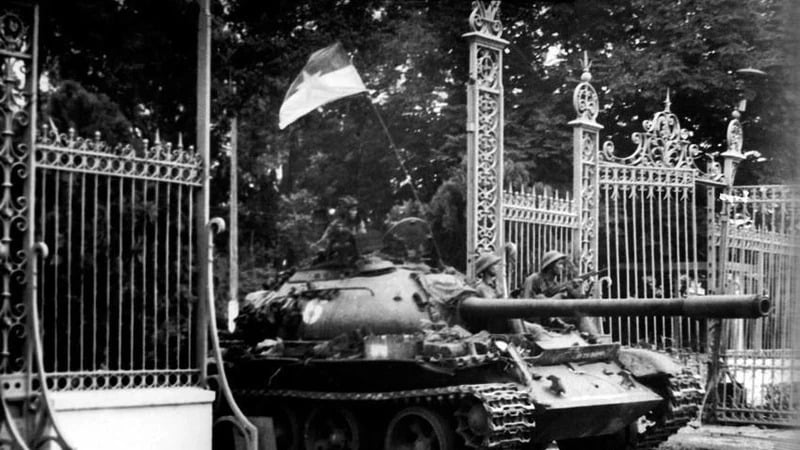
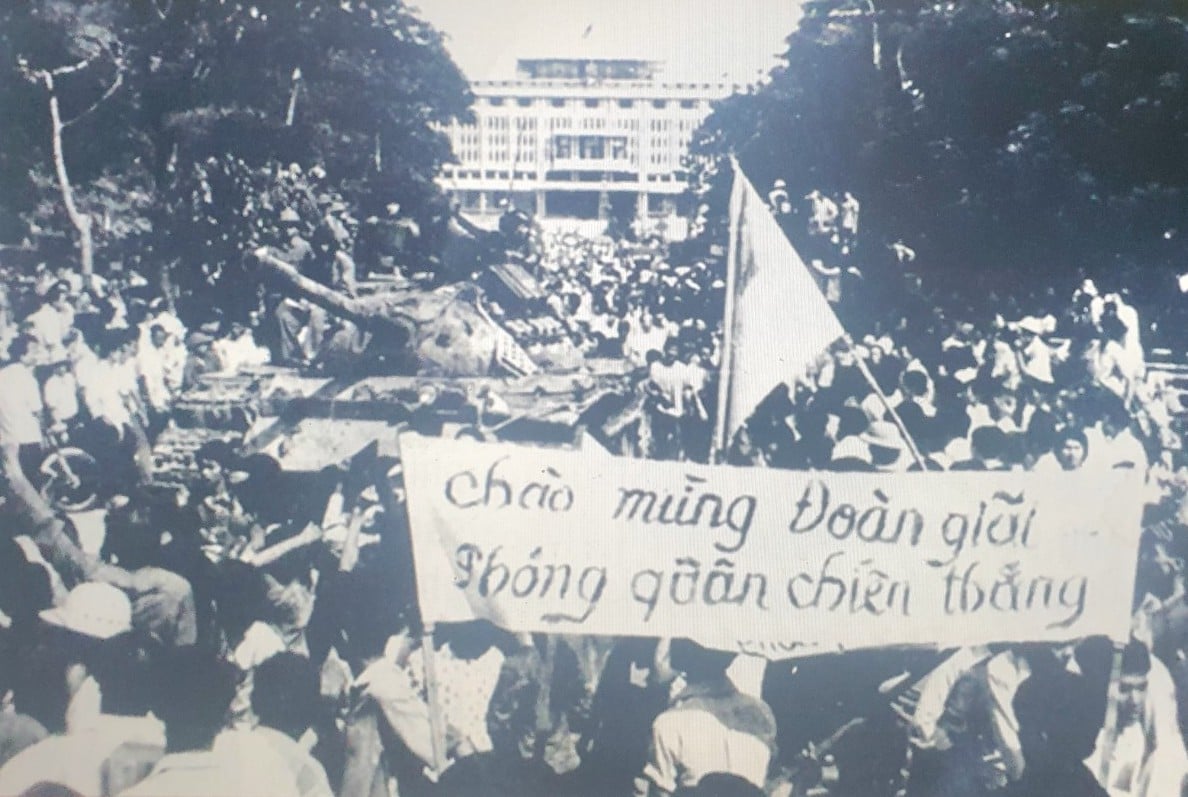

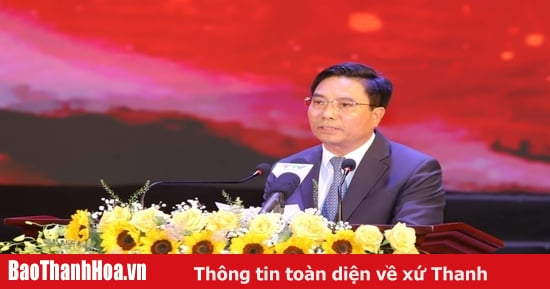
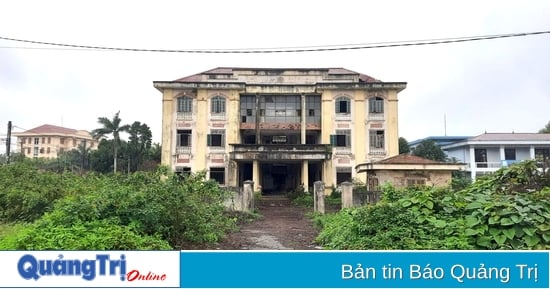
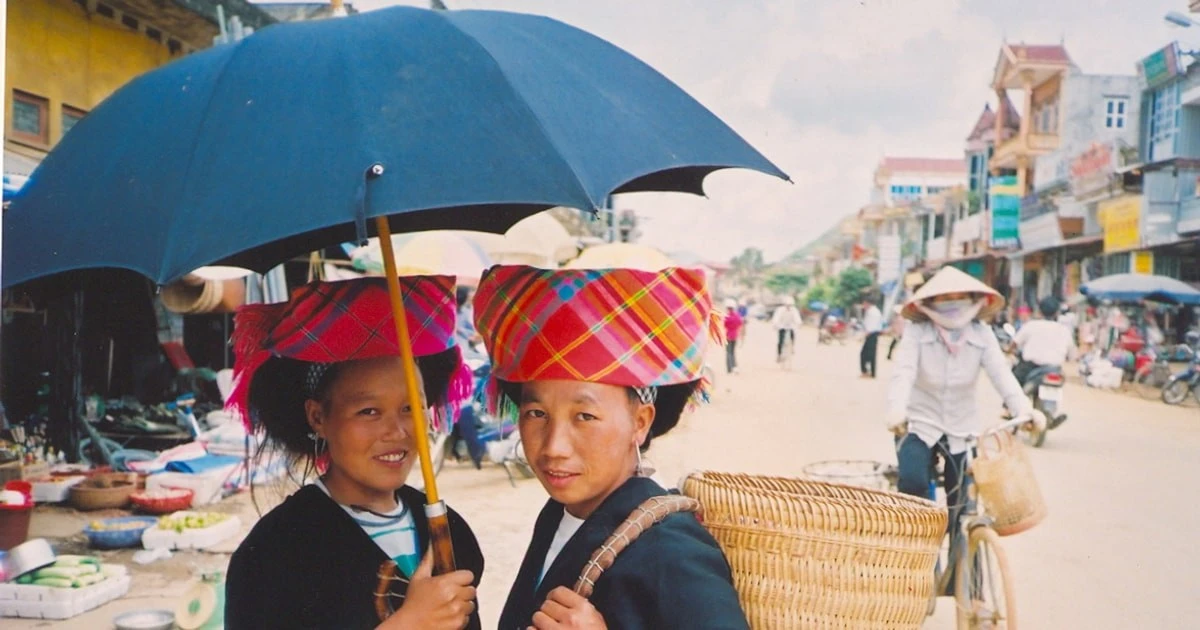

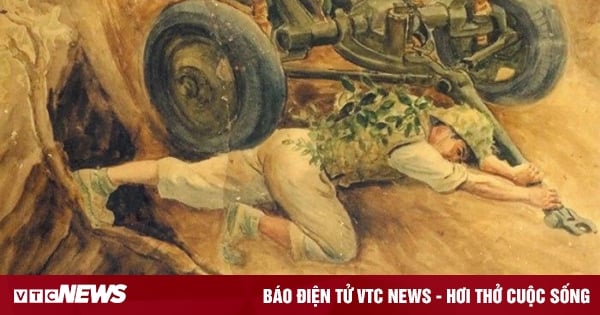



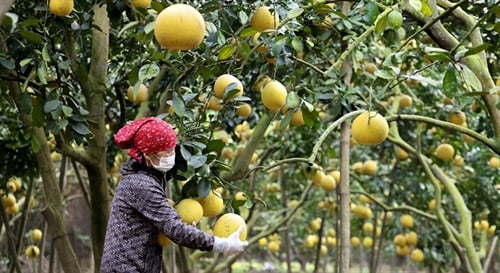
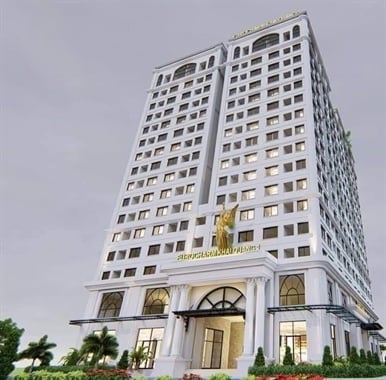

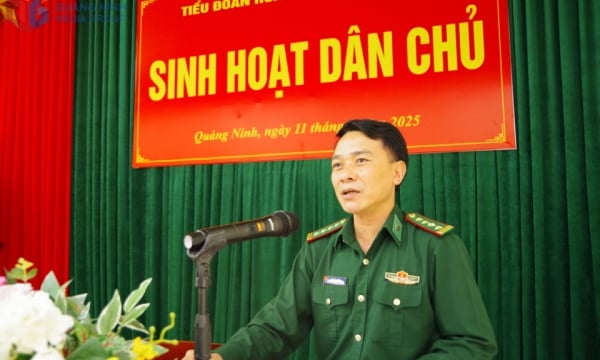



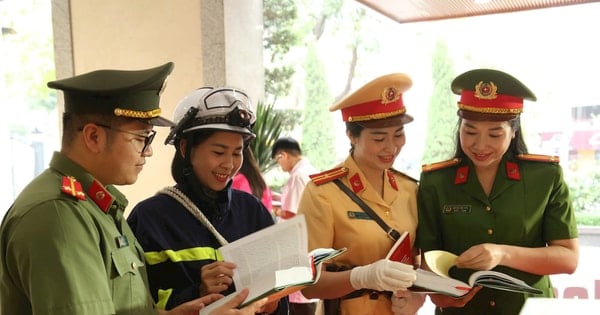
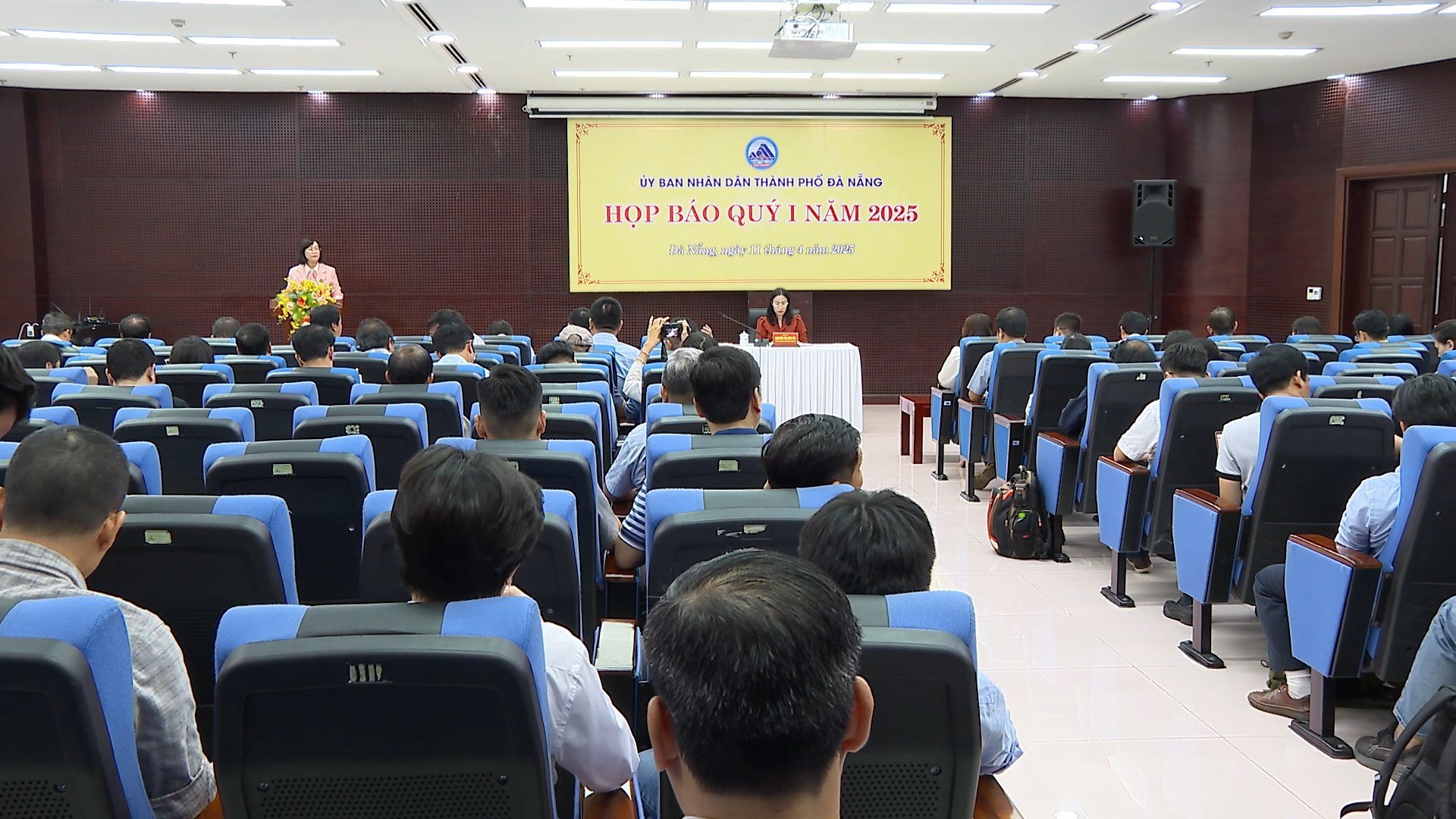
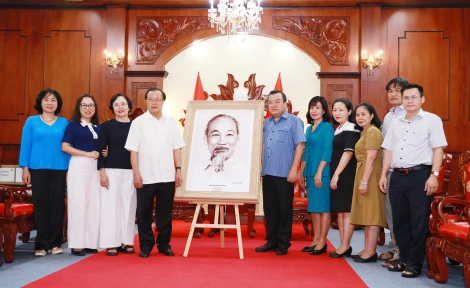
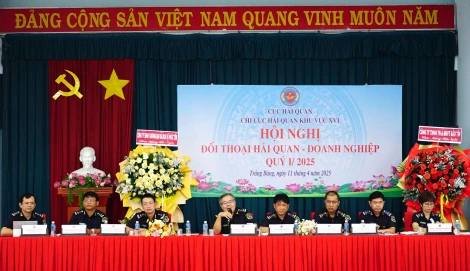
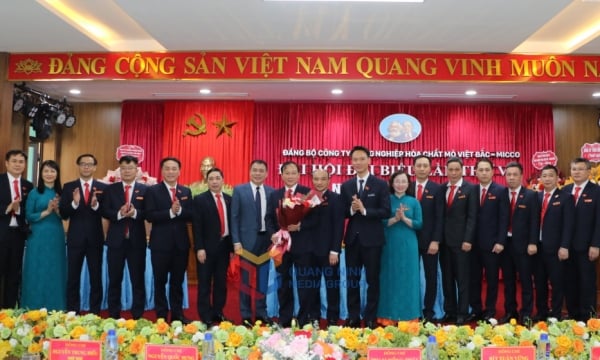
![[Photo] Summary of parade practice in preparation for the April 30th celebration](https://vstatic.vietnam.vn/vietnam/resource/IMAGE/2025/4/11/78cfee0f2cc045b387ff1a4362b5950f)












































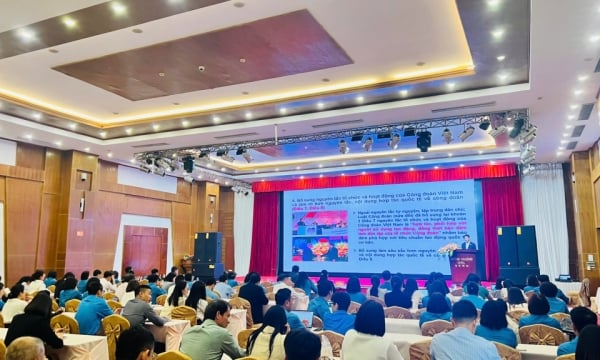


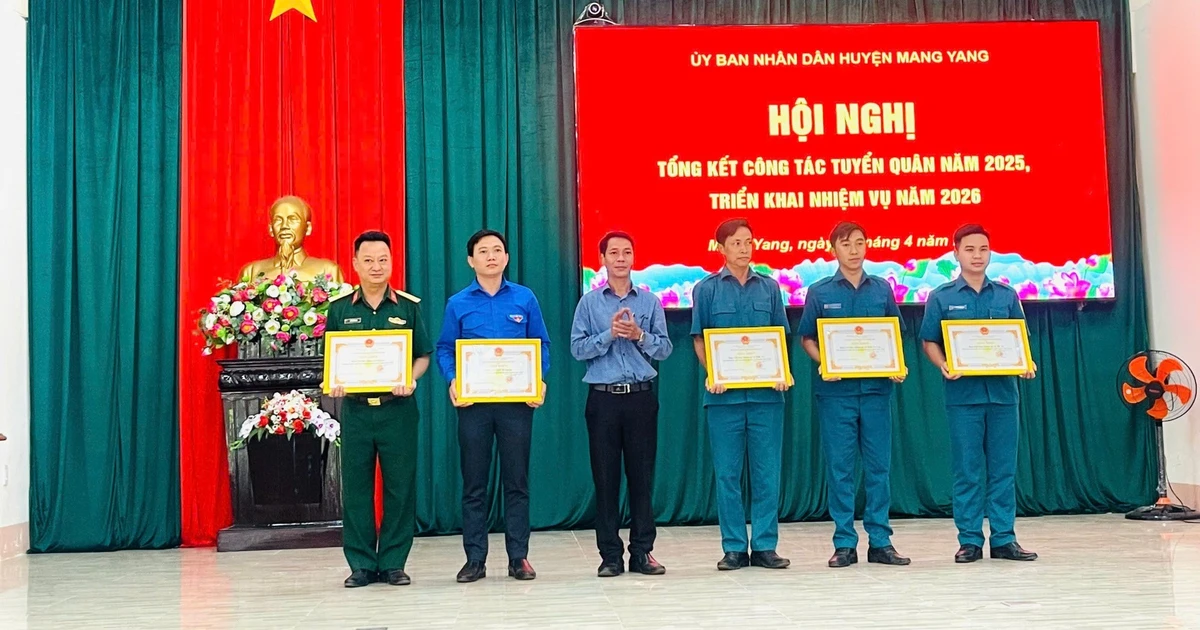












Comment (0)